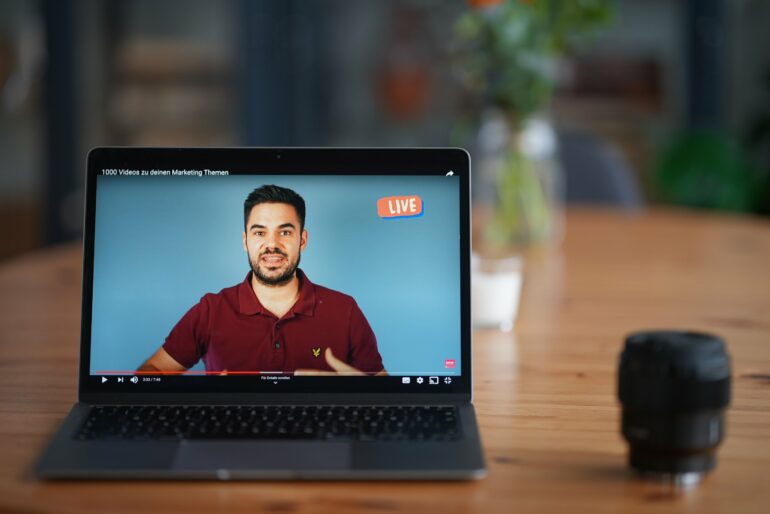Over the past decade, social media giants including X (formerly known as Twitter), Facebook, YouTube, Amazon and Twitch have begun offering livestreaming services, allowing users to interact with each other in real time on their computers and mobile phones.
Viewers can engage at no cost with the platform and other users by sending chats and likes, but nearly all livestreaming broadcasters now encourage viewers to send tips in the form of virtual gifts.
In a typical livestream, consumers (viewers) watch the content and decide whether and how much to tip the broadcaster in the form of virtual gifts purchased with real money.
Tips and chats are displayed on a livestream along with a viewer’s identity, so viewers are publicly recognized for those actions, but viewers who “like” a livestream are not acknowledged. Because identities and payments are publicly viewable in livestreams, understanding how they influence broadcasters’ emotional reactions and other viewers’ engagement becomes relevant and meaningful.
A new study from the University of Notre Dame examines these exchanges through a popular livestreaming platform in China.
The work, titled “Crowding-Out in Content Monetization under Pay What You Want: Evidence from Live Streaming,” is forthcoming in Production and Operations Management from Shijie Lu, the Howard J. and Geraldine F. Korth Associate Professor of Marketing at Notre Dame’s Mendoza College of Business.
The study looked at livestreaming of performances including dancing, singing and talk shows, for which tipping is similar to donating to a street performer.
The payoff can be huge. “Asian Andy,” a Twitch streamer and YouTuber with more than 1 million followers, recently earned $16,000 in tips during one of his “sleep streams.”
“Broadcasters like Asian Andy show emotional and reciprocal reactions to viewer tips through their facial expressions that reveal their level of happiness, and such facial expressions would induce more tips from the audience,” said Lu, who specializes in online advertising and user-generated content.
“Also, you would think that social pressure would promote competition and lead livestream viewers to tip and chat more,” he said. “However, we show that viewers actually avoid the competition by tipping and chatting less and leaving the stream sooner when they see more tips from others.”
This suggests a surprising crowding-out effect on viewer engagement, where rising public spending drives down or even eliminates private spending. However, the crowding-out effect does not apply to a livestream’s number of likes, which are displayed without viewer identities.
In addition, such crowding-out effects manifest mainly in those viewers who tipped heavily before the experiment, possibly because heavy tippers care more than their counterparts about social status. These results collectively suggest that the pursuit of social status is a plausible driver of the observed crowding-out activity.
The team’s findings could help livestreaming platforms improve information design strategy. To mitigate the crowding-out effects and generate more money for platforms and broadcasters, crowded livestreams could be split into smaller, concurrent virtual sessions, which would lessen the race for social status by reducing the number of heavy tippers.
Co-authors of the study include Dai Yao from the Hong Kong Polytechnic University and Xingyu Chen from Shenzhen University.
More information:
Dai Yao et al, Crowding-Out in Content Monetization under Pay What You Want: Evidence from Live Streaming, SSRN Electronic Journal (2023). DOI: 10.2139/ssrn.4579467
Provided by
University of Notre Dame
Citation:
‘Crowding out’ the competition: Study reveals surprising livestream chatting and tipping behavior (2023, November 7)



